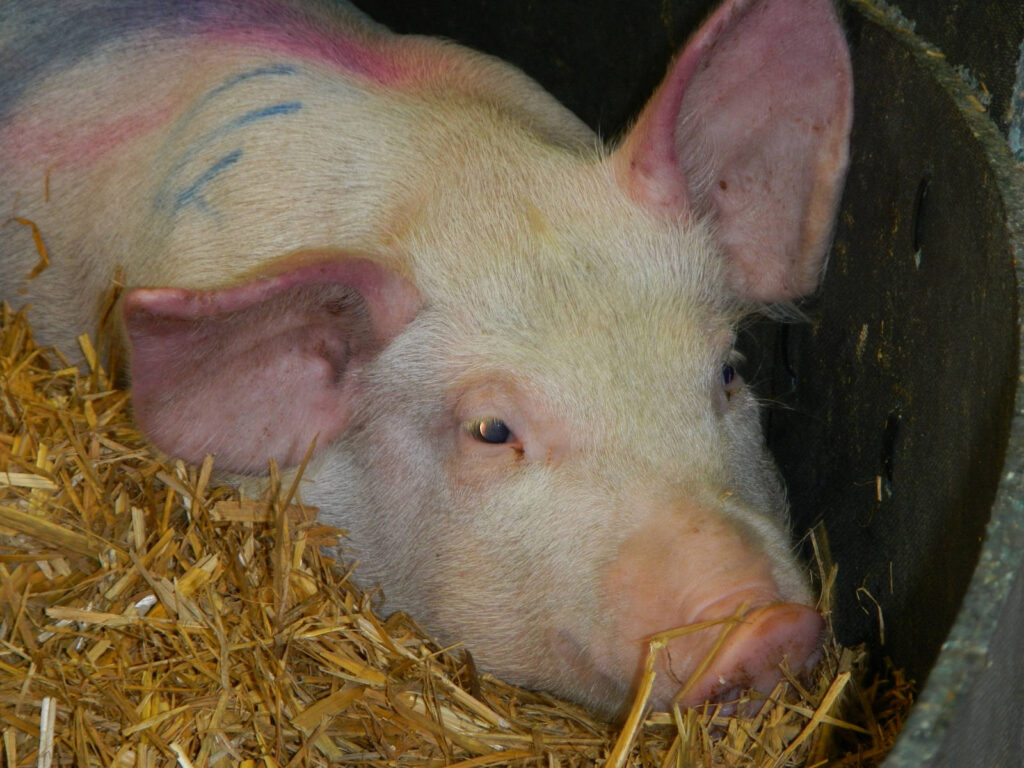Researchers at the University of Minnesota have made positive steps towards understanding and combatting African swine fever (ASF).
The disease, which has devastating impacts across the pig and pork industry, has been worked on by a team developing control and prevention strategies. The work has involved the development of a surrogate virus for the highly contagious ASF, Emiliania huxleyi virus (EhV), which is similar in structure and stability to ASF. This allows scientists to complete studies to find out more about how the virus is transmitted and the strategies that can be put in place to prevent the spread. EhV is a low risk surrogate as it does not pose a threat to humans, plants or animals.
Part of the research, which was funded by the United Soybean Board and the University of Minnesota Imaging Centers, involved the team testing and measuring both viruses and the study discovered that both viruses were able to survive temperatures up to 100 degrees. This finding is significant, showing that ASF is much harder to destroy than previously thought, which could have an impact on animal health and feed safety and calls current biosecurity protocols into question.
Declan Schroeder, associate professor from the College of Veterinary Medicine, said that the impact of ASF virus (ASFV) on the US economy has been significant and the findings of this study could impact widely: “Given the possible routes of entry of a foreign animal disease into the US, imports of feed and feed ingredients from ASFV-positive countries pose a risk. If a potentially ASFV-contaminated feed ingredient were to enter the US, results from our recent 23-day feed transport study that used EhV as a surrogate for ASFV show it continues to be remarkably stable.”
Professor at the College of Food, Agricultural and Natural Resource Sciences, Gerald Shurson, said: “This is a major breakthrough to reach our goal of accelerating research for understanding the survival of ASFV in various feed ingredients and complete feeds, as well as evaluating the effectiveness of various mitigation strategies to inactivate ASFV in feed and decontamination strategies for feed mills if they were to become contaminated with ASFV.”
Next steps for the research project will focus on changes that need to be made to US protocol in order to ensure feed and pig safety.




